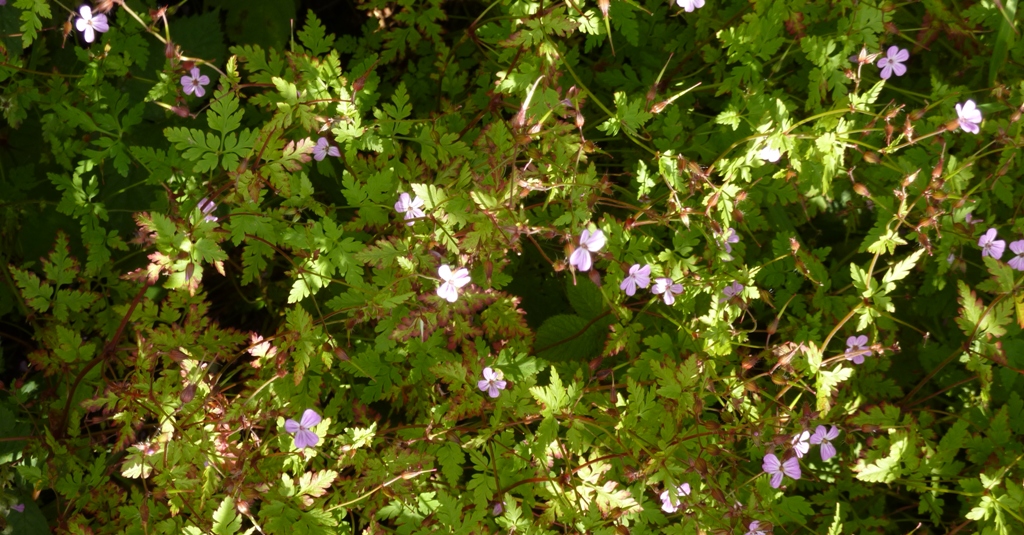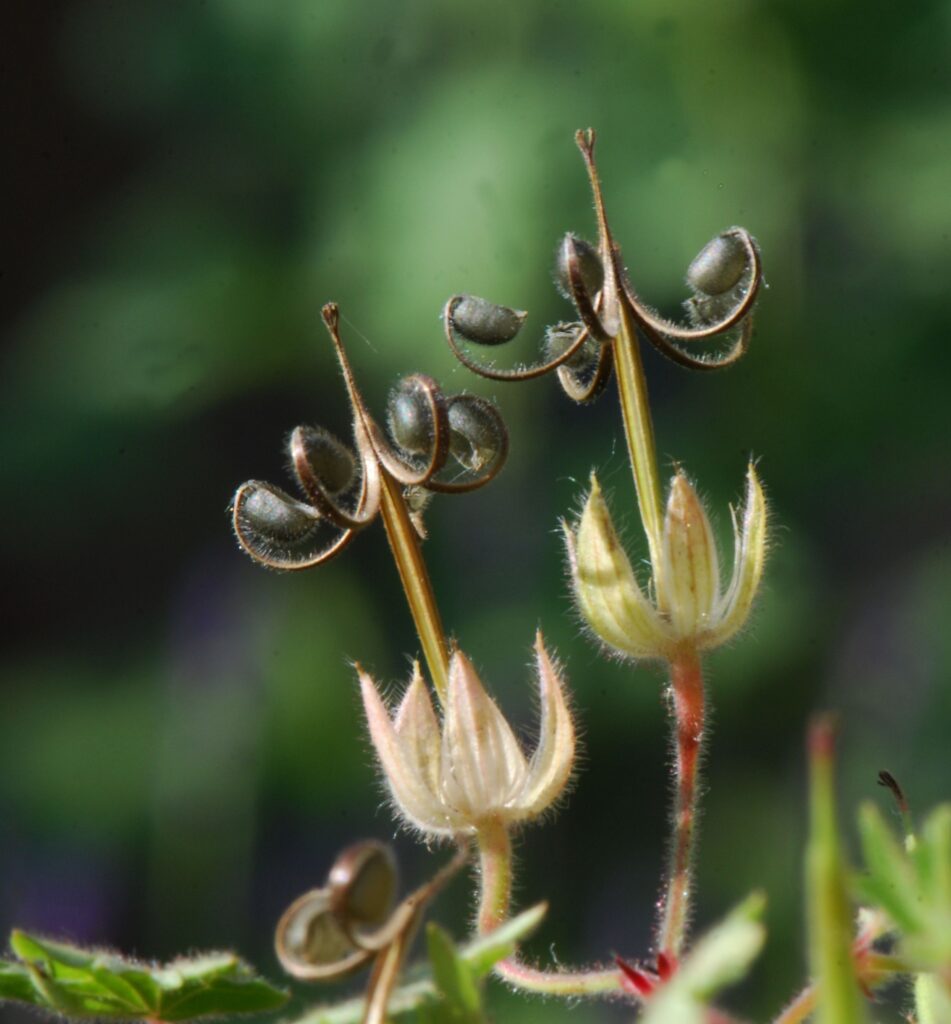
This week another pretty and mostly common native ‘weed’ which can even be useful! It easily could have been called the ‘Geranium’ family instead of Crane’s-bill family as the genus Geranium is its largest member here!
But the genus Erodium, has also several native species on the B.I. and has a fruit similar to a stork’s bill.
So what is the difference in those bird bills to give these plants their common name?
Found this information online from Bird expert Quentin Kalis. “The easiest way is to look at the bill; storks have large heavy bills and cranes have short bills.” Herons have intermediate bills between the two, and you can see pictures of those birds in the link here.
A few native Geranium and Erodium species are ‘useful’ for us people. Various insects find the plants a good food source. Below is the contents of all the species described on the next page and which are native according to Stace.


